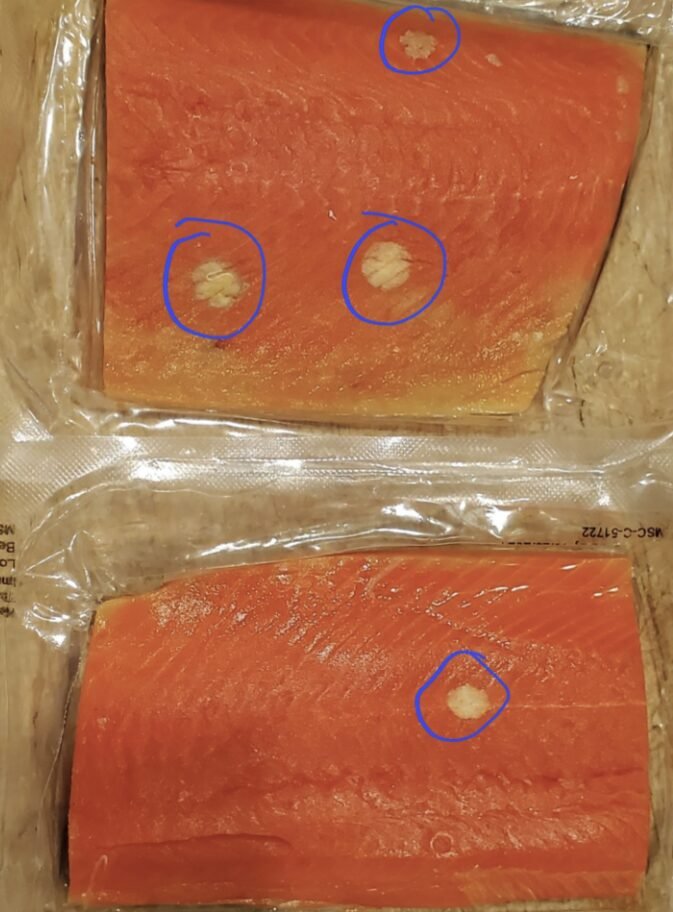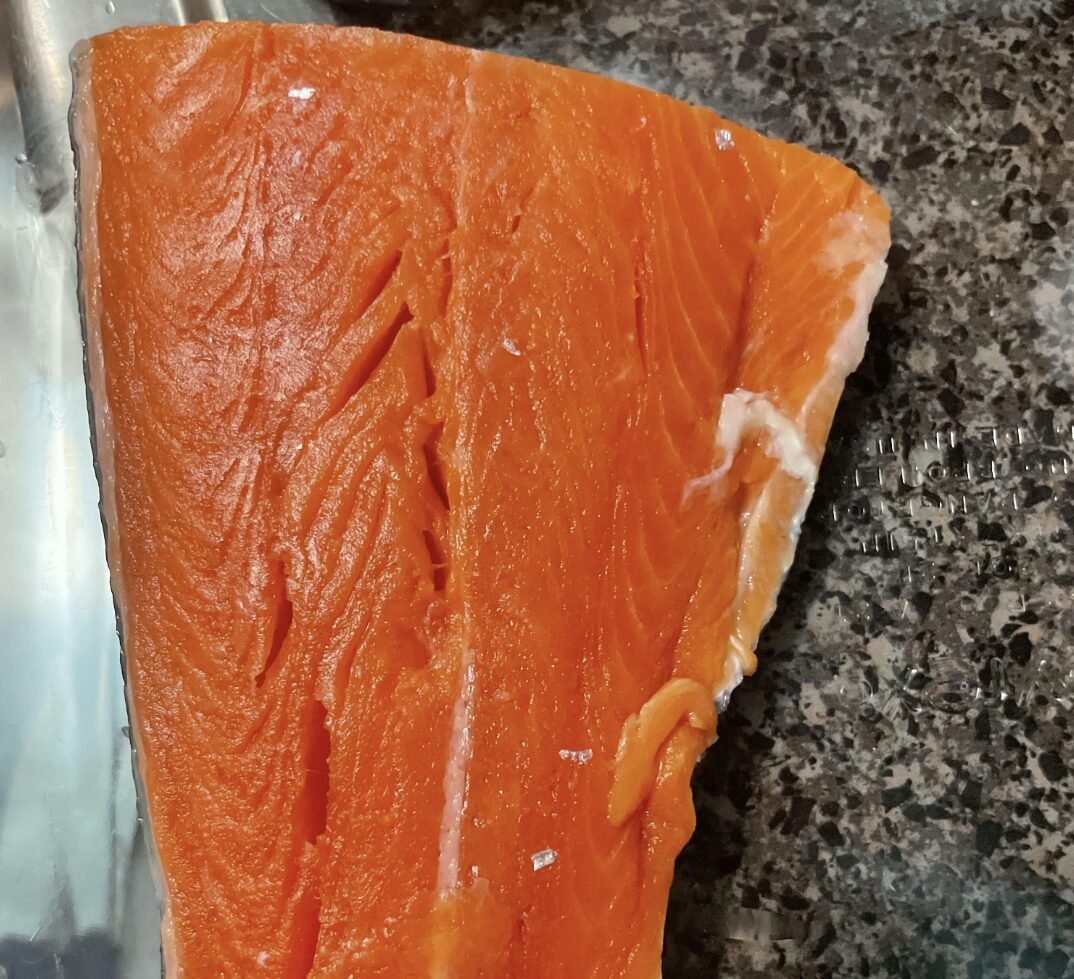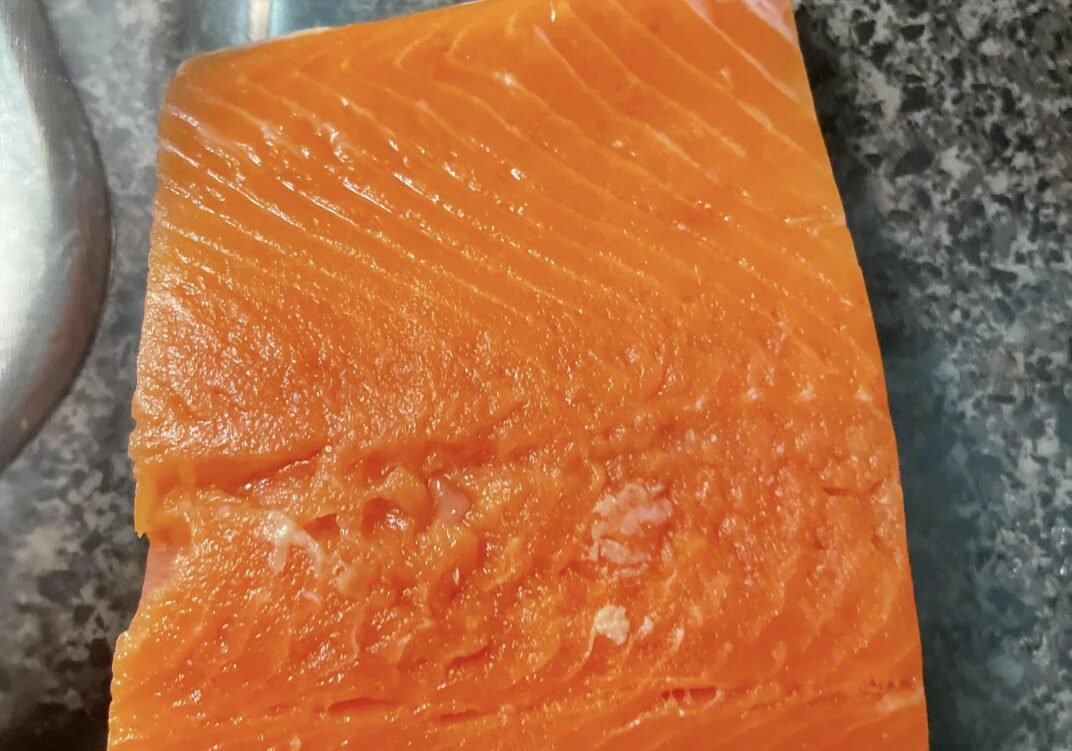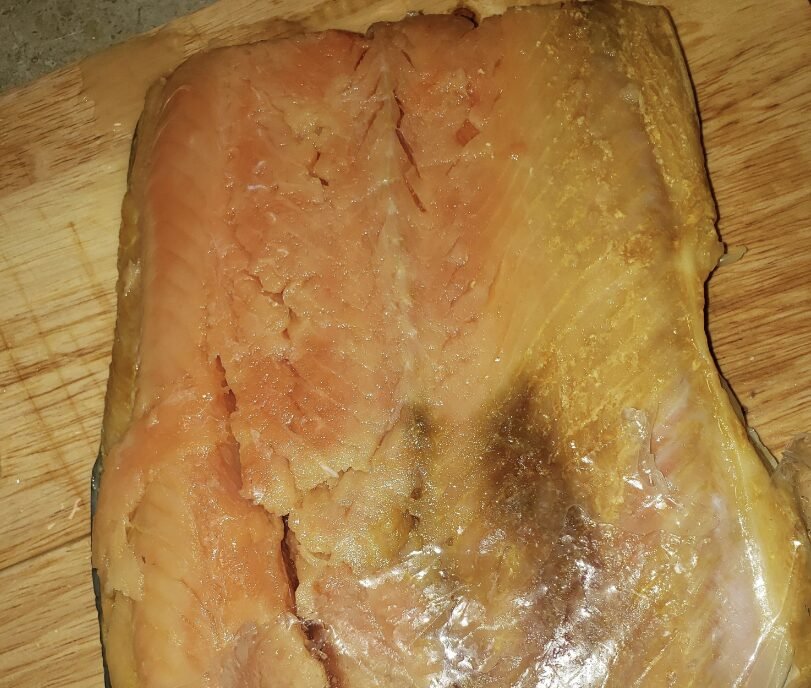ealing with Yellow-Tinted Salmon: A Guideline
A Stunning Discovery
My loved ones loves salmon. It’s a staple in our weekly foods, no matter if grilled with lemon or sluggish-cooked in teriyaki glaze. However, the other day, I thawed a stunning fillet from the freezer and noticed a bizarre yellowish tint on the flesh. I puzzled, “What is this, and can we still eat it?”
Investigating the Yellow Tint
At first, I panicked. Salmon typically has a magnificent pink hue, so the yellow spot was alarming. I begun retracing my methods to see if I had accomplished one thing incorrect. Had it been in the freezer too lengthy? Was it saved improperly? Did it go lousy with no me recognizing it?

Being familiar with Fish Extra fat
Soon after looking into seafood safety, I discovered that a yellow tint on defrosted salmon is not necessarily a result in for worry. The yellow tint normally comes from oxidized body fat. Salmon, getting obviously fatty, can have its extra fat oxidize and change colour if frozen for lengthy periods or improperly stored. This oxidation does not indicate the salmon is unsafe to consume. It is much more about the top quality and look. Ensure the fish does not have signals of spoilage like a sour scent, slimy texture, or off-putting taste.
Incorrect Packaging and Freezer Melt away
Freezer burn up can also trigger discoloration. If the salmon is not correctly sealed in the freezer, it can shed dampness and produce yellow or white places. Although disheartening, it is not the stop of the entire world. Trim off the afflicted spot, and the remaining salmon is normally high-quality to cook dinner and eat.

Organic Variations
Some salmon species have a somewhat yellowish hue to their belly, specifically wild-caught kinds. Their eating plan, including crustaceans or algae, can contain pigments that affect flesh shade. Farm-elevated salmon normally have far more consistent shade due to their managed diet, but versions can still arise. So, the yellow tint may just be a purely natural variation in your salmon.
Checking for Freshness
To make sure the yellowing salmon was nevertheless edible, I employed the aged “sniff test” my grandma taught me. Refreshing salmon should really have a neutral, briny scent, like a contemporary ocean breeze. If it smells overly fishy or sour, it’s very likely past its prime. I also pressed down on the flesh to see if it bounced back again, and it did. Finally, I trimmed off the yellow part and cooked it with lemon and dill.

Strategies to Stop Yellow Tint
- Seal Correctly: Make certain your salmon is airtight just before freezing. Vacuum-sealed packaging is effective best, but plastic wrap and a freezer bag also assistance.
- Label and Day: Mark when you froze the salmon to keep track of how very long it is been there. The USDA suggests consuming frozen fish in 3 to 8 months for the ideal top quality.
- Rotate Stock: If you invest in salmon in bulk, use the more mature fillets first, subsequent a “first in, first out” mentality.

Conclusion
In the finish, my yellow-tinted salmon turned out good. I grilled it to perfection and served it with garlic asparagus. The relatives couldn’t explain to the distinction. It was nonetheless juicy and delectable.
So, if you recognize your defrosted salmon with a yellowish tint up coming time, do not freak out! Do a brief scent verify, trim the discolored section if desired, and move forward with your preferred salmon recipe. Likelihood are, it is continue to the delicious, nutrient-packed fish you like, just with a minimal more character.


